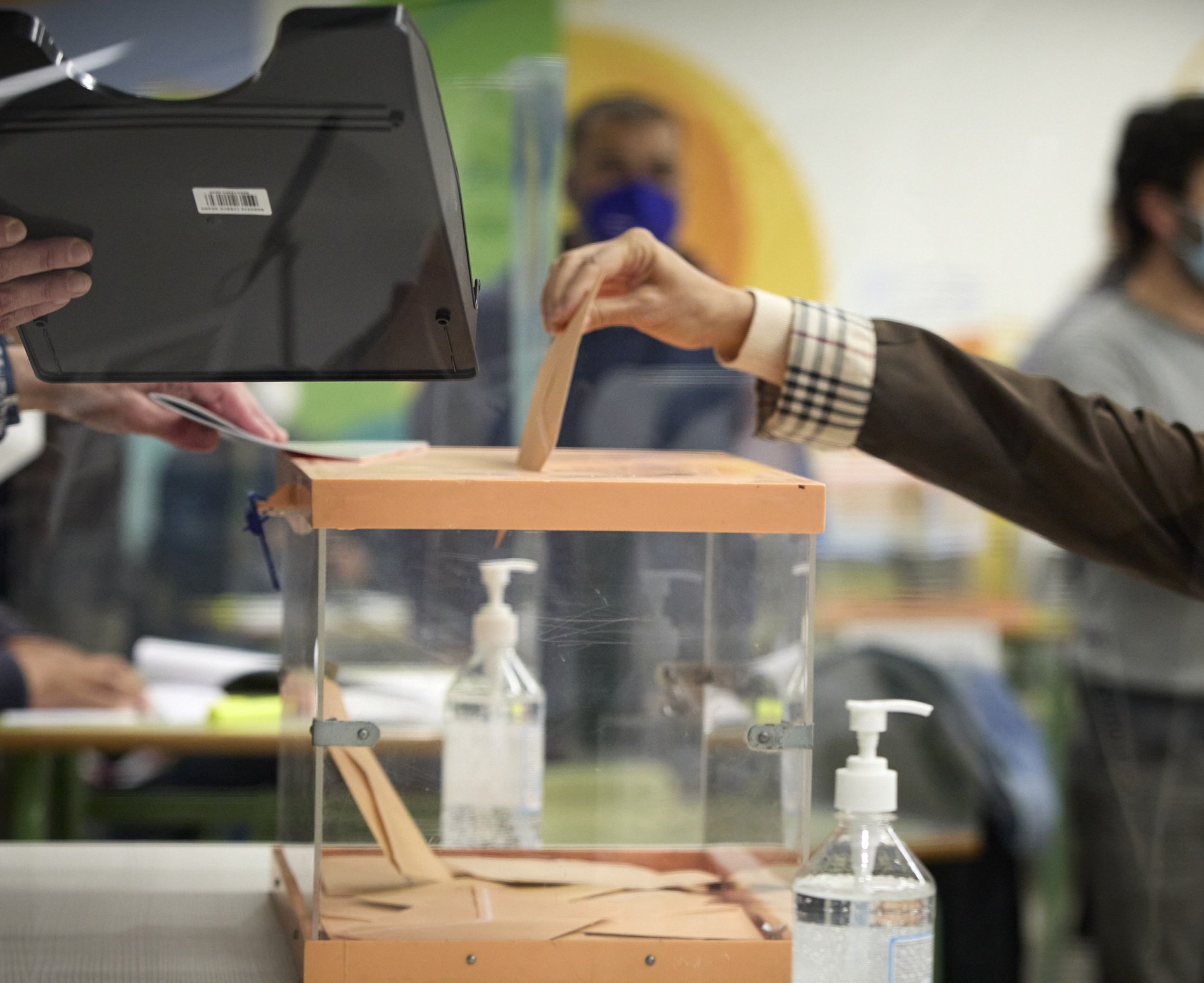In figures compiled at 6pm, with two hours of voting to go, the turnout in the municipal elections for the city of Barcelona was 48.66%. This figure for the percentage of eligible voters who had been to the polls was slightly down compared to the municipal elections of 2019, where at the same time turnout was 51.98%. Across Catalonia, the same trend could be seen even more strongly, with a 6pm figure of 44.56% of all voters eligible to vote in Catalan municipalities having cast their ballots, down from 51.01% at the same time in 2019. However, in the Spanish state as a whole the trend was the opposite, with a 51.48% turnout at 6pm, up from 49.93% in 2019, in the municipal and autonomous community elections across Spain.
-
All our coverage in English of the 2023 Municipal Elections
-
Municipal results LIVE from 8pm: search for your municipality
Within Barcelona, in the election to decide who will lead the city for the next four years, the districts of Sant Andreu, Sants-Montjuïc and Nou Barris led the vote drop. On the other hand, Sarrià was the only district that did not show a significant decrease in votes at 6pm compared to the previous elections, with a 53.06% turnout until 6:00 p.m - a fall of only 0.74%. Les Corts is the second district with the lowest vote loss (a decrease of 1.88 points), followed by the Eixample, which at 6pm had a turnout of 51.5%, 2.9 points less than in 2019. On the other hand, in Sant Andreu the fall was more than 4 points, in Sants Montjuïc almost 4 points and in Nou Barris, it was 3.88 points.
A trend that looks like another country
In fact, the fall in voter turnout in the Catalan capital has been exceeded by apparent voter apathy, a least till 6pm, in the cities of Lleida, Tarragona and Girona. In the case of the Lleida, according to the 6pm data, turnout was at 40.8%, a drop of 5.74% compared to the percentage of 2019 at the same time. In Tarragona it was at 41.87%, 7% less than in 2019, when it was 48.87%. Finally, in Girona, the turnout at 6 p.m. is 40.58%, a major fall compared to 50.76% in 2019, 10.18% less.
Looking at some of the major Spanish cities, the trend gives the appearance of another country: in contrast to the falls in Catalan cities, the turnout in the city of Madrid has increased by 4.66 points and stands at 56.69%, in Seville it has increased by 4.18 points and is at 48.4%, and in Valencia it has risen by 8 points and stands at a significant 60.09%.
The ballot boxes close in all local and autonomous community elections across the Spanish state at 8pm. Voters are electing over 8,000 municipal governments across the state, while elections for autonomous community (regional) governments are also being held in Aragon, Asturias, Balearic Islands, Canary Islands, Cantabria, Castilla–La Mancha, Extremadura, La Rioja, Madrid, Murcia, Navarra, the Valencian Country, and in the autonomous cities of Ceuta and Melilla.

